Report this entry
More from the same community-collection
Jennifer Han Defends Her IBF Featherweight Title - 2016
Jennifer Han after her fight with Calista Silgado - she retained ...
Jennifer Han Defends Her Title - 2016
Jennifer Han after her fight with Calista Silgado - she retained ...
Jennifer Han Defends Her Title - 2016
Jennifer Han with her trainer before her fight with Calista ...
Jennifer Han retains IBF Featherweight title - 2016
Fight between Jennifer Han and Calista Silgado on April 29, ...
Jennifer Han retains IBF Featherweight title - 2016
Jennifer Han standing in her corner waiting for the first round. ...
Jennifer Han retains IBF Featherweight title - 2016
Jennifer Han during her fight at Southwest University Park ...
Jennifer Han Defends Her Title - 2016
Jennifer Han and Calista Silgado during the title fight on ...
Jennifer Han Defends Her Title - 2016
Jennifer Han and Calista Silgado during a title fight on April ...
Jennifer Han Defends Her Title - 2016
Jennifer Han and Calista Silgado during their fight on April 29, ...
Hilda Stockmeyer and Joe Lewels - 1974
Hilda Stockmeyer and Joe Lewels Jr. Wedding photo in front of ...
Jennifer Han Defends Her Title - 2016
Jennifer Han and Calista Silgado title fight on April 29, 2016. ...
Jennifer Han Defends Her Title - 2016
Jennifer Han and Calista Silgado during the fight on April 29, ...
Jennifer Han Defends Her Title - 2016
Jennifer Han and Calista Silgado during the title fight for the ...
Jennifer Han Defends Her Title - 2016
Jennifer Han in her corner during her title fight on April 29, ...
Jennifer Han Defends Her Title - 2016
Jennifer Han in her corner during the fight between her and ...
Jennifer Han Defends Her Title - 2016
During the title fight between Jennifer Han and Calista Silgado. ...
Jennifer Han Defends Her Title - 2016
During the title fight between Jennifer Han and Calista Silgado. ...
Jennifer Han Defends Her Title - 2016
During the title fight between Jennifer Han and Calista Silgado ...






















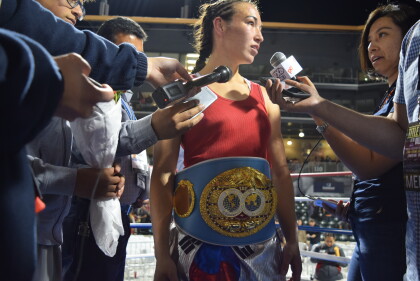
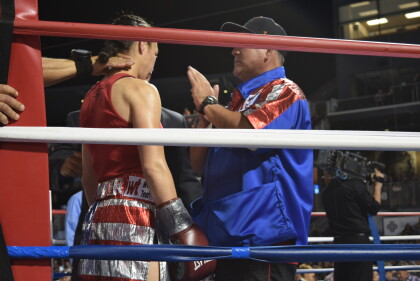
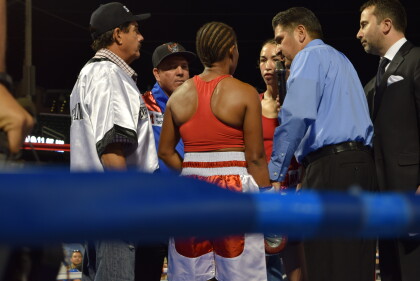
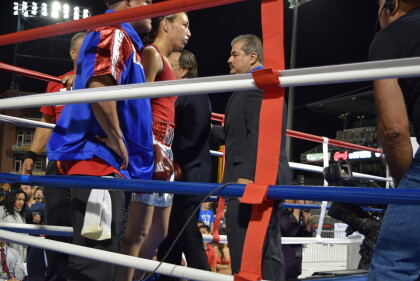
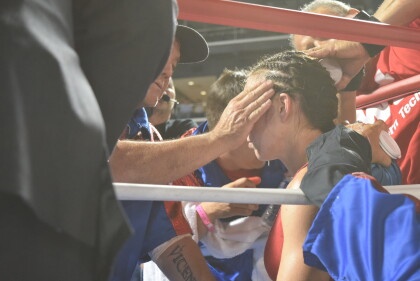
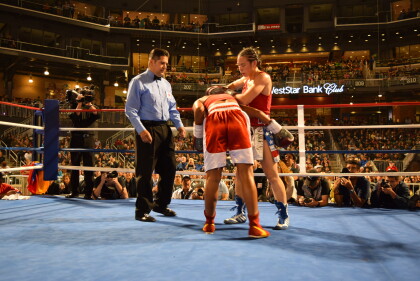
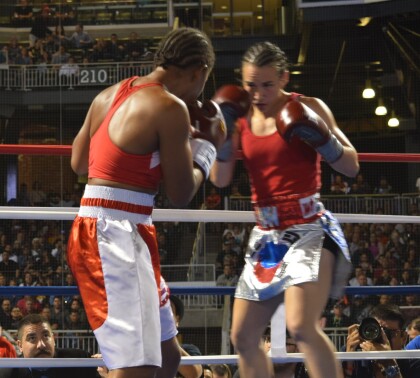
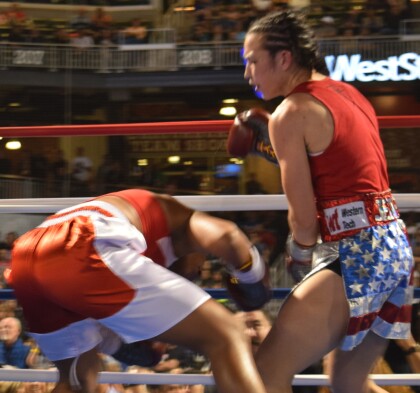
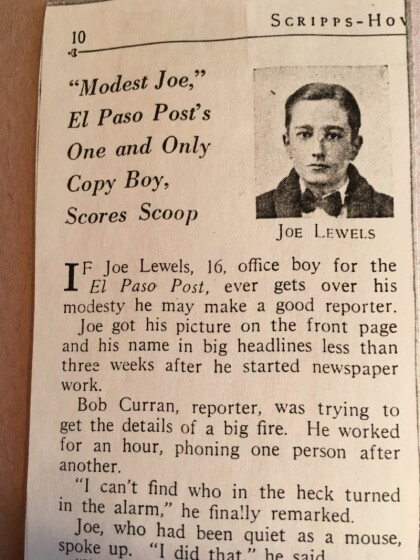
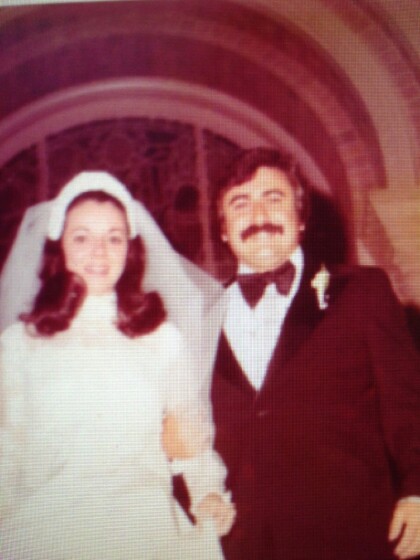
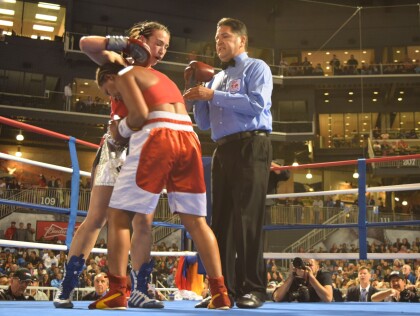
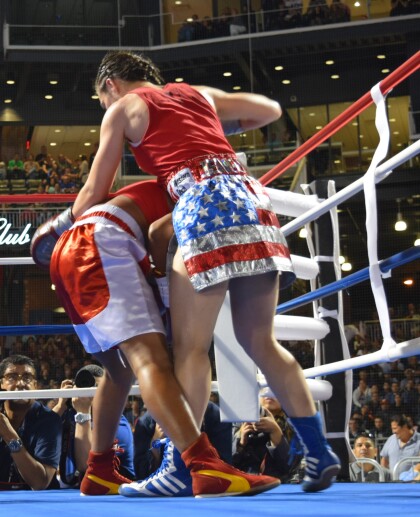
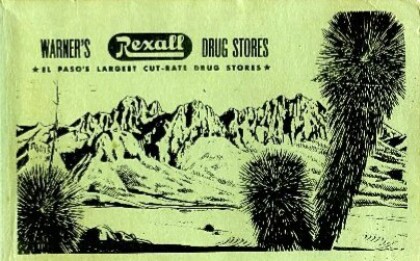
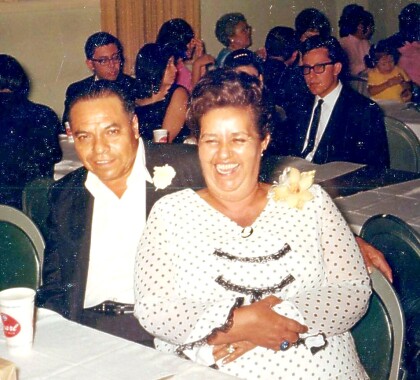
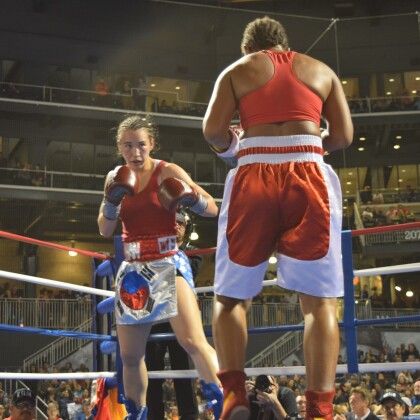
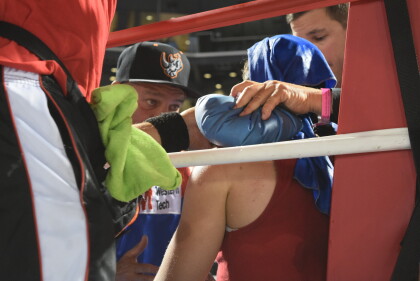
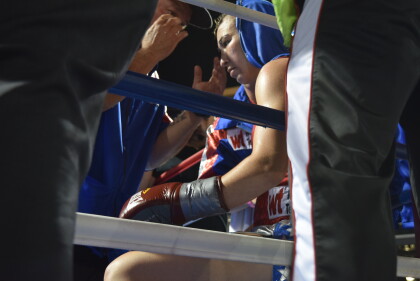
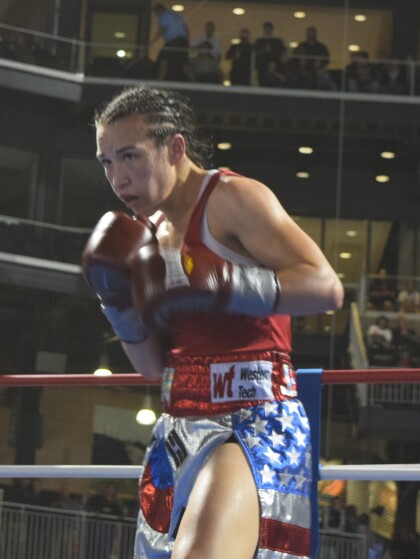
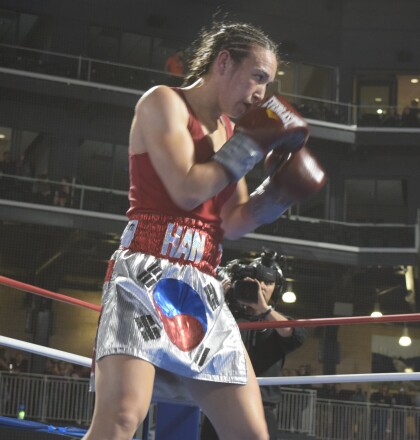
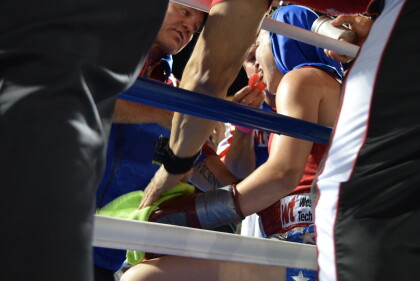
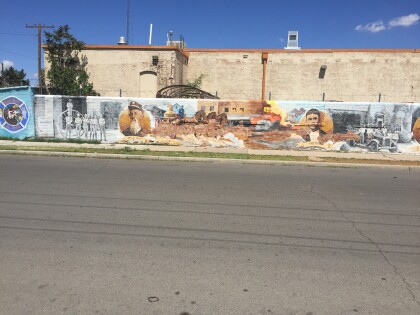
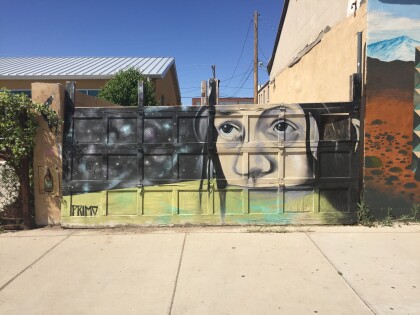
Comments
Add a comment